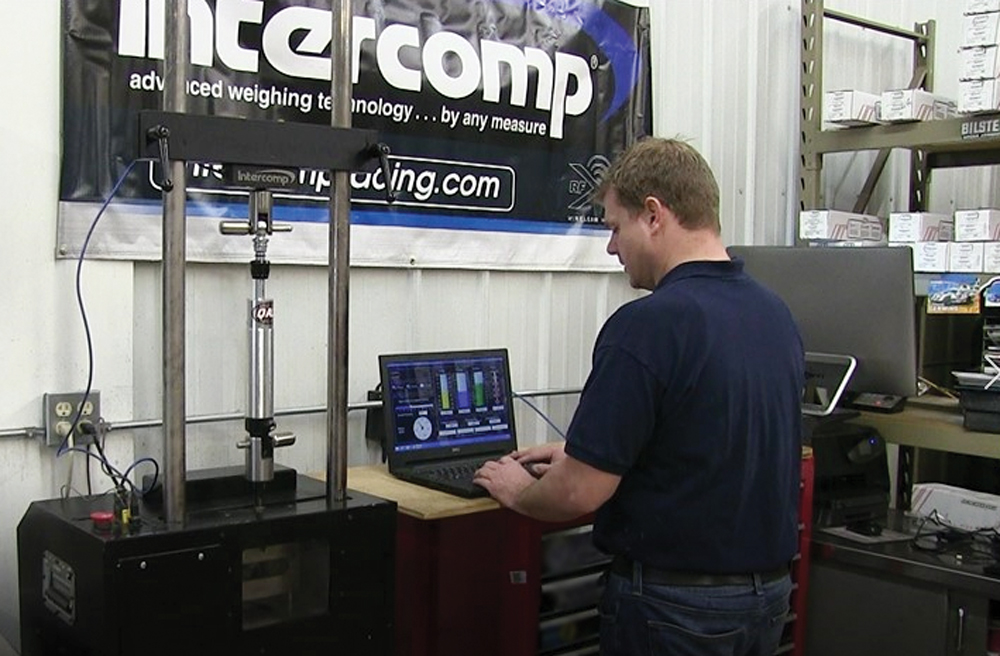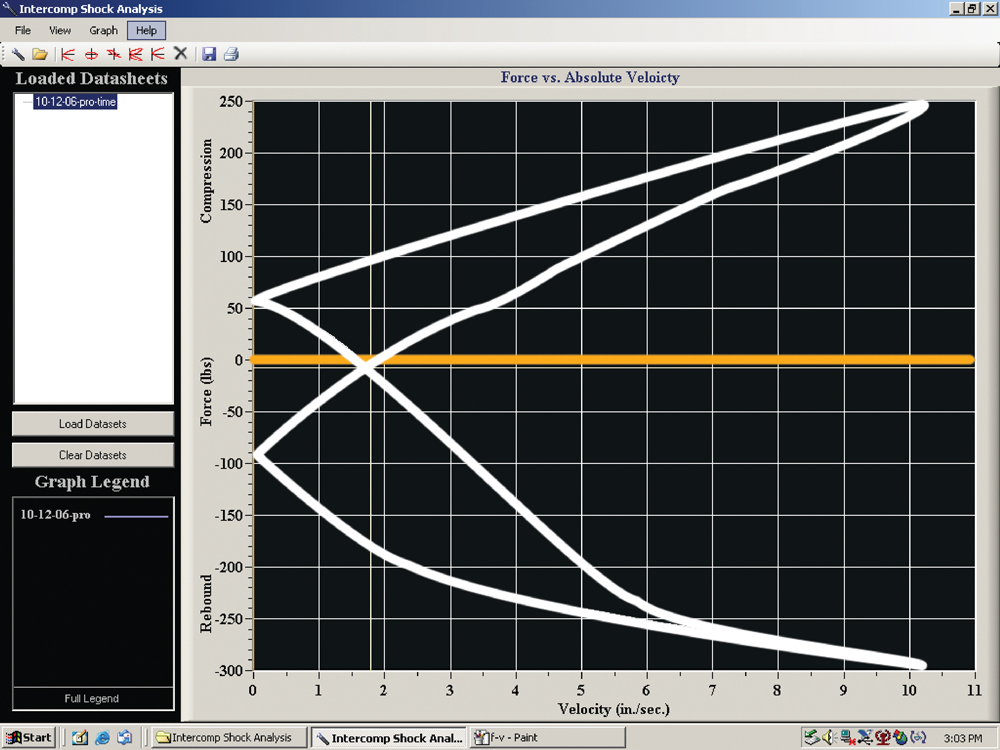Tech Update: Demystifying Shock Dynos

A leading manufacturer breaks down exactly how these valuable tools can be used to optimize performance for better on-track results.
The technical side of motorsports can be intimidating for new participants and seasoned veterans alike. If you have ever spent any time at the race track, particularly as a competitor, you no doubt heard the term “black art” attached to some aspect of race car tuning, often in reference to highly technical components like dampers—also known as shock absorbers.
Today, the increased complexity in suspension design has forced these components to work in a smaller envelope of optimal performance. Which is why having a good shock specialist at your disposal has never been more important. Simply put, without the help of a talented shock builder, racers across all forms and levels of competition could find themselves at a big disadvantage.
But not everyone has access to a shock or damper guru, and that’s why we’re here: to provide clarity on this at-times murky topic and explain how one of the most useful tools on the market—a shock dyno—can benefit your program.
So, what is a shock dyno? It is a mechanically or pneumatically powered piece of measurement equipment that records the exact amount of force it takes to overcome resistance to the compression and extension of a shock at a given velocity and stroke length. Compression—also called bump—refers to the force needed to push a shock together, while rebound describes the force values needed to pull a shock apart.

Shocks control, or dampen, the speed at which the suspension of a race car extends or compresses, controlling how weight is transferred from side to side or front to back. The easiest way to understand the role of a damper is by picturing what happens as a driver approaches a turn. When slowing down for a corner, either lifting off the throttle or applying the brakes, weight will transfer to the front tires. As the driver adds steering input, weight transfers to the tires opposite the direction of the turn, with the outside front tire bearing the highest load. The compression characteristics of the front dampers and rebound behavior of the rear dampers control the speed of this transfer.
As the race car moves through the apex, the driver will usually begin to apply throttle and unwind the steering wheel. This causes the rear suspension to compress, often referred to as squat, as weight transfers to the rear tires. The rebound rate of the front shocks, and compression values of the rear shocks, control how quickly that load transfers rearward. Whether transitioning into or out of a turn, controlling the transfer of load is extremely important. Transferring the force too quickly can overload a tire, causing a complete loss of grip; or, it can transfer too slowly, and under-utilize the full amount of potential traction.
Shocks are adjusted using different shock oil viscosities and various piston valve configurations, changing the amount of oil that flows from one side of the piston to the other when moved. Technicians use these settings to change the amount of resistance throughout a compression and rebound cycle. And that’s where the shock dyno comes into play: It allows a racer, or shock builder, to understand exactly how the shock will behave in each phase of travel by several means, most commonly tables and graphs.
The “Force vs. Absolute Value” graph is one of the most recognizable outputs from a shock dyno. It shows how the shock resists movement when actuated in low- and high-speed damping situations. The other graph most often associated with a shock dyno is “Force vs. Displacement,” which shows how a shock resists movement through a given stroke length. Basically, the first graph tells how the shock reacts when a race car first begins to change directions, while the second graph shows how a shock will respond as cornering forces continue to be applied.

For a shock to be most effective, it needs to provide the same level of performance lap after lap and from one track to the next. Over time, seal wear, loss of gas pressure, and shock fluid contamination cause performance to degrade, making load transfer unpredictable when the race car is in a state of transition. Since wearable or damaged damper components are not often visible without disassembly, performance characteristics tracked over time allow racers to know when a rebuild is needed. Most dyno software provides the ability to easily compare data from past dyno runs, helping racers to anticipate changes in a race car’s performance, or providing the opportunity to make other chassis adjustments to offset the deficit.
In recent years, the advent of smaller and more powerful dynos has made it possible for these units to be installed in race trailers or other transport vehicles. This allows racers to be certain that a worn damper will not let them down in the middle of a session, and allows for more in-depth service, like a rebuild, in real time.
Racers’ ability to leverage sophisticated tools like shock dynos—especially at the track—is proving to be a game-changer as teams learn more about their many advantages. Consider that we’ve only scratched the surface here. The possibilities now and into the future are very much wide open.
Chris Berg is the head of marketing for Intercomp’s racing division. He has been an active member of the racing community for more than 20 years, competing at various levels from regional karts to professional motorsports at some of North America’s premier tracks and venues.
 MEMBERSHIP LOGIN
MEMBERSHIP LOGIN JOIN PRI
JOIN PRI


